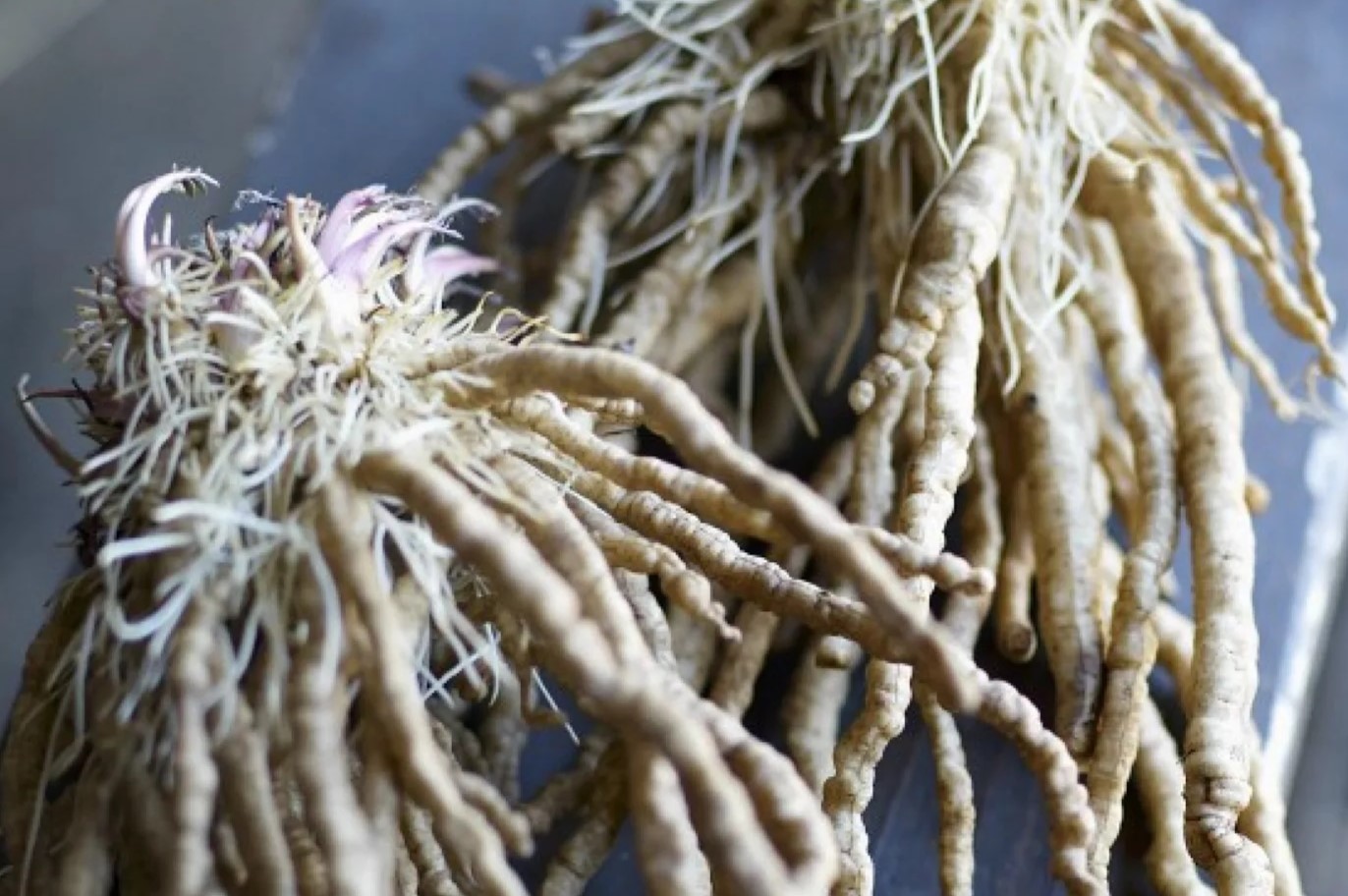
What is Skirret? Skirret, a root vegetable, might not be as famous as carrots or potatoes, but it has a rich history and unique taste. This ancient plant, also known as Sium sisarum, was a favorite in medieval Europe. Its sweet, nutty flavor made it a staple in many kitchens. Skirret grows in clusters of long, white roots, which can be boiled, roasted, or even eaten raw. Besides its culinary uses, skirret is also known for its health benefits, including being a good source of fiber and vitamins. Curious about skirret? Let's dive into 15 fascinating facts about this forgotten gem!
Key Takeaways:
- Skirret, a historical root vegetable, was once a favorite of Emperor Tiberius and a common ingredient in Tudor cuisine. It has a sweet, nutty flavor and offers health benefits like fiber and essential vitamins.
- Skirret can be boiled, roasted, or eaten raw in salads, adding a unique flavor to dishes. It's a versatile vegetable with a low glycemic index, making it suitable for people with diabetes.
What is Skirret?
Skirret, also known as Sium sisarum, is a root vegetable that has been cultivated for centuries. It was once a staple in European diets before the introduction of the potato. Let's dive into some fascinating facts about this lesser-known plant.
Historical Significance of Skirret
Skirret has a rich history that dates back to ancient times. Here are some intriguing historical facts:
- Skirret was a favorite of Emperor Tiberius of Rome, who demanded it as part of his tribute from Germany.
- In medieval Europe, skirret was often grown in monastery gardens for its nutritional value.
- The plant was introduced to Britain by the Romans and became a common vegetable in Tudor cuisine.
- Skirret was mentioned in the writings of the famous herbalist John Gerard in the 16th century.
Skirret's Unique Characteristics
This plant has some unique features that set it apart from other root vegetables. Here are a few:
- Skirret has a sweet, nutty flavor that is often compared to parsnips or carrots.
- The plant produces multiple slender, white roots that can grow up to 30 cm long.
- Skirret is a perennial plant, meaning it can live for more than two years.
- It thrives in moist, well-drained soil and can tolerate partial shade.
Nutritional Benefits of Skirret
Skirret is not just tasty; it also offers several health benefits. Here are some nutritional facts:
- Skirret is rich in dietary fiber, which aids in digestion and promotes gut health.
- It contains essential vitamins such as vitamin C and several B vitamins.
- The roots are a good source of minerals like potassium, calcium, and magnesium.
- Skirret has a low glycemic index, making it suitable for people with diabetes.
Culinary Uses of Skirret
Skirret can be used in various dishes, adding a unique flavor and texture. Here are some culinary facts:
- Skirret can be boiled, roasted, or fried, much like other root vegetables.
- It is often used in soups and stews for its sweet, earthy taste.
- Skirret can also be eaten raw, grated into salads for a crunchy texture.
The Final Bite
Skirret, with its rich history and unique taste, deserves a spot in your garden and kitchen. This ancient root vegetable, once a staple in medieval Europe, offers a sweet, nutty flavor that can enhance many dishes. It's not just tasty; skirret is also packed with nutrients like fiber, vitamins, and minerals, making it a healthy addition to your diet.
Growing skirret is relatively easy. It thrives in well-drained soil and requires minimal maintenance. Plus, it's a perennial, so you'll enjoy its benefits year after year. Whether roasted, boiled, or added to soups and stews, skirret brings a delightful twist to your meals.
So, why not give skirret a try? Embrace this forgotten gem and add a touch of history and flavor to your culinary adventures. Happy gardening and cooking!
Frequently Asked Questions
Was this page helpful?
Our commitment to delivering trustworthy and engaging content is at the heart of what we do. Each fact on our site is contributed by real users like you, bringing a wealth of diverse insights and information. To ensure the highest standards of accuracy and reliability, our dedicated editors meticulously review each submission. This process guarantees that the facts we share are not only fascinating but also credible. Trust in our commitment to quality and authenticity as you explore and learn with us.


